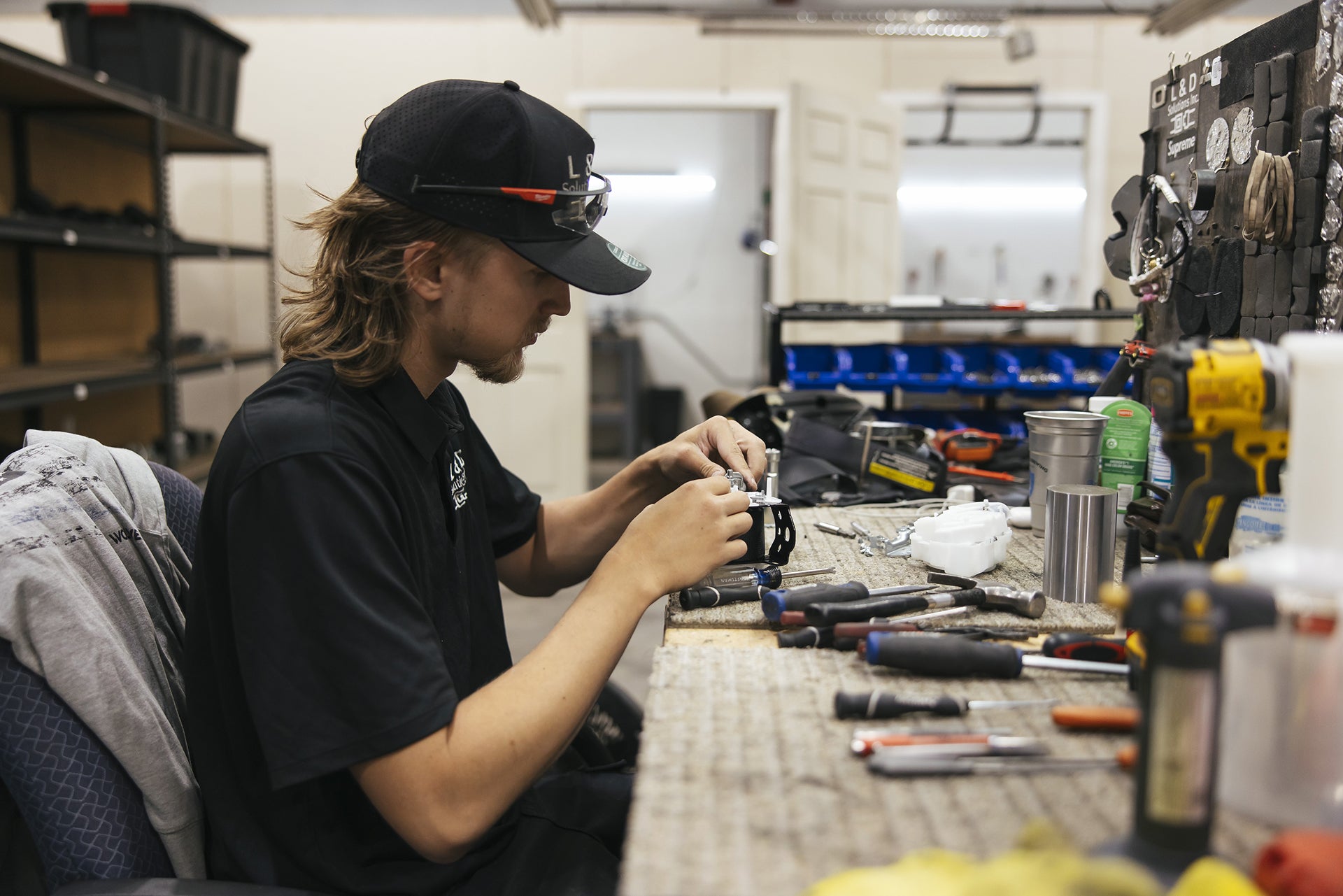Seat Belt Won’t Retract? 5 Ways to Fix a Slow or Jammed Seatbelt
Ever tried yanking your seat belt, only to have it limp back like a tired sloth instead of snapping into place? Super annoying—and honestly, a little unsafe too. A slow or jammed seat belt is like trying to jog with shoelaces tied together: frustrating and risky. But don’t worry! I'm here to walk you through five simple ways to fix that stubborn seatbelt, no mechanic required.
Let's roll up our sleeves and get your seat belt snapping back like it should!
Why Is My Seat Belt Acting Like a Slacker?
First, quick reality check: seat belts have one job—to save your life. So when they start dragging or getting stuck, it’s usually because:
- Dirt and grime have built up in the mechanism
- Twisted or jammed webbing inside the retractor
- Faulty retractor springs (the thing that zips it back in)
- Wear and tear over time
- Accidental lock-up from a sudden tug
Now that we know who's to blame, let’s talk about how to fix it without calling in the cavalry.
5 Ways to Fix a Slow or Jammed Seatbelt
1. Give It a Good Clean
Think of your seat belt like a kitchen sponge. Over time, it gets grimy. You wouldn't wash dishes with a dirty sponge, right? Same idea here.
How to clean it:
- Pull the seat belt all the way out and clip it with a clothespin to stay extended.
- Use a bucket of warm, soapy water (mild dish soap works great).
- Scrub the belt gently with a soft brush or cloth.
- Wipe off the soap and let it air dry completely before retracting.
Pro tip: If the belt still retracts slowly after cleaning, give it a second scrub—sometimes the gunk is stubborn!
2. Check for Twists or Knots
Seat belts are like garden hoses: if there’s a kink, the whole thing goes haywire.
What to do:
- Pull the belt out fully and look for twists.
- Flatten it out carefully, smoothing any lumps or folds.
- Gently guide it back into the retractor while keeping it flat.
3. Lube the Retractor Mechanism (Gently!)
No, not with WD-40! Use silicone spray carefully to avoid attracting dust.
| Do | Don't |
|---|---|
| Use a small spray of silicone spray. | Use heavy oils (they attract dust and grime). |
| Target just the moving parts you can see. | Soak the belt itself—bad idea! |
| Test slowly after a light spray. | Flood the entire retractor. |
4. Tighten or Replace the Retractor Spring
If cleaning and lubing don’t fix it, the internal spring may be worn out. This step involves:
- Removing trim panels
- Accessing the retractor unit
- Tightening the internal spring (if possible)
Tip: If that sounds intimidating, it’s perfectly fine to call a professional!
5. Replace the Whole Retractor Unit
Sometimes, replacement is the only option.
Signs you need to replace:
- Belt is frayed or cut
- Retractor makes weird clicking noises
- Belt refuses to retract no matter what
When to Call in the Pros
If you’ve tried these tricks and your seat belt still acts stubborn, it’s smart to have a certified mechanic take a look. Better safe than sorry—seat belts are serious business!
Quick Recap Table: Fixing a Slow or Jammed Seatbelt
| Problem | Quick Fix |
|---|---|
| Dirty belt | Clean with soapy water |
| Twisted webbing | Untangle carefully |
| Sticky mechanism | Light silicone spray |
| Worn spring | Tighten or replace |
| Complete failure | Replace retractor unit |
Takeaway: You Got This!
Fixing a slow or jammed seatbelt might seem intimidating at first, but honestly, it’s super doable once you break it down step-by-step. A little cleaning, untangling, maybe a little tweaking—and you’re golden!
And hey, even if you end up needing a replacement or professional help, at least you’ll know you gave it your best shot (and learned a thing or two along the way).
👉 Now go show that seat belt who’s boss!




Leave a comment
This site is protected by hCaptcha and the hCaptcha Privacy Policy and Terms of Service apply.